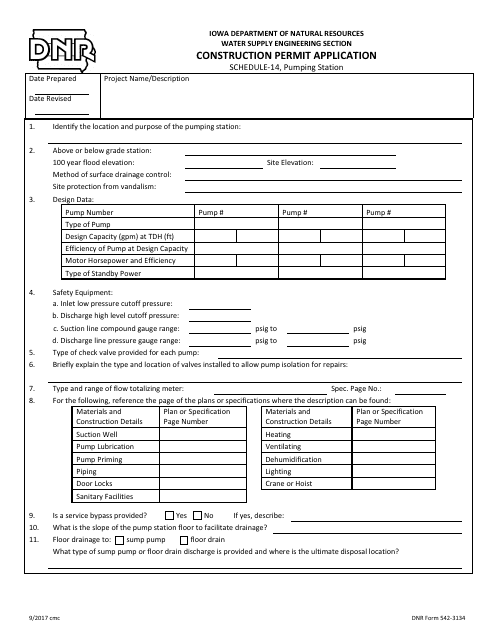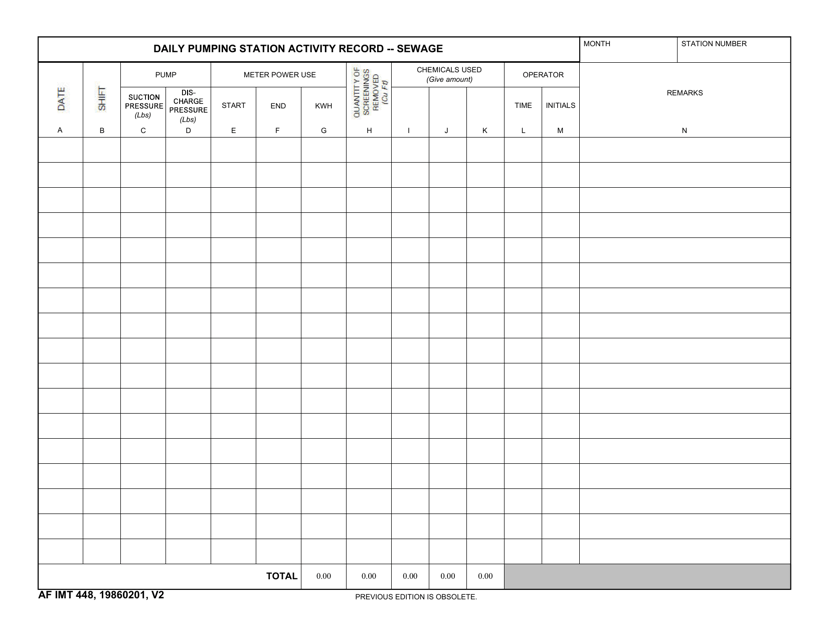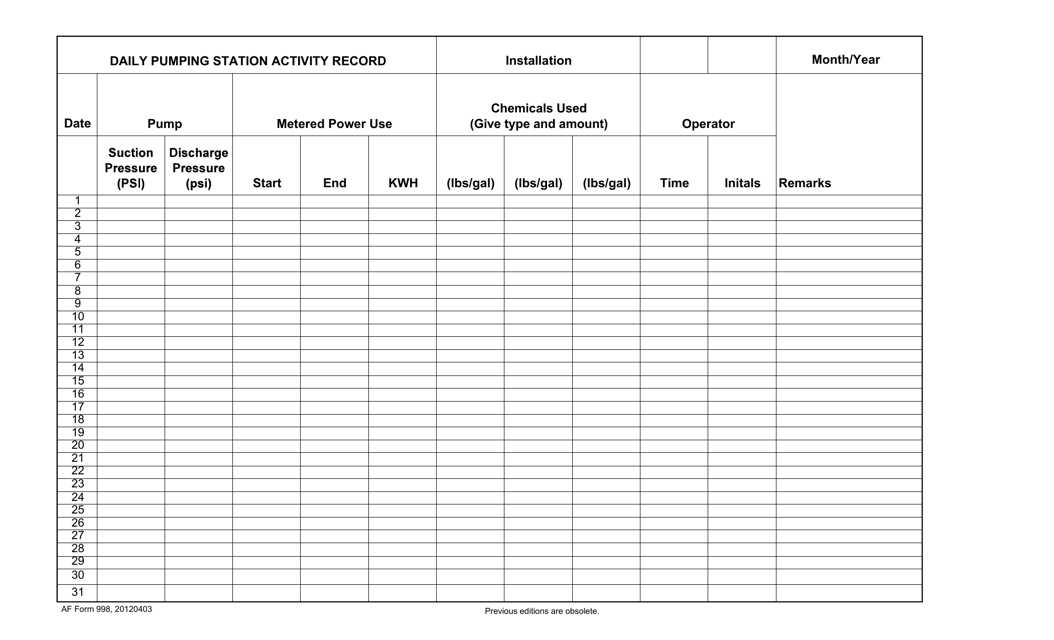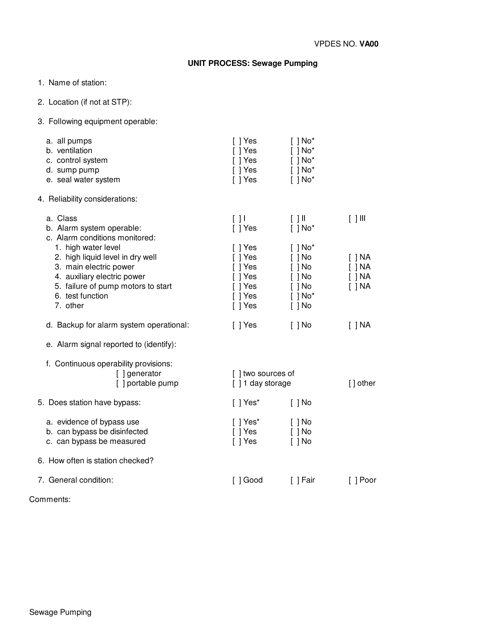Pumping Station Templates
A pumping station, also known as a pump station or pump stations, is a crucial infrastructure component that plays a vital role in various industries and sectors. Pumping stations are used to control the flow of liquids, typically water or sewage, from one location to another.
Pumping stations are an essential part of water management systems, ensuring the safe and efficient transfer of water across different locations. Whether it is for irrigation, drinking water supply, or wastewater management, pump stations are responsible for maintaining the desired flow and pressure levels.
In the construction and engineering industry, pumping stations are an integral part of many projects. These stations are required to facilitate the transportation of liquids, such as water or sewage, during construction activities. The proper construction and regulatory compliance of pumping stations are crucial, which is why specific forms and permits, such as the DNR Form 542-3134 Schedule 14 Construction Permit Application for Pumping Station in Iowa, are necessary.
Maintenance and operation of pumping stations are essential to ensure their efficient and reliable performance. Regular monitoring and record-keeping are necessary to track the daily activities and performance of these stations. Documentation, such as the AF IMT Form 448 Daily Pumping Station Activity Record for Sewage, AF Form 998 Daily Pumping Station Activity Record for Water, and Nhdes Wastewater Engineering Operations and Maintenance Manuals Review Checklist for Pump Stations in New Hampshire, assists in keeping track of inspections, repairs, and maintenance tasks.
Different regions and industries may have specific regulations and requirements governing pumping stations. For example, the VPDES Form VA00 Unit Process: Sewage Pumping in Virginia is used to ensure compliance with the Virginia Pollution Discharge Elimination System regulations in sewage pumping operations.
When it comes to the smooth and efficient functioning of pumping stations, proper planning, maintenance, and compliance with regulations are of utmost importance. The documents and resources related to pumping stations, including permits, record-keeping forms, and maintenance manuals, help ensure the safe and effective management of water and sewage transportation systems.
Documents:
5
This form is used for applying for a construction permit for a pumping station in Iowa.
This type of document, AF IMT Form 448 Daily Pumping Station Activity Record - Sewage, is used for keeping a record of daily activities at a sewage pumping station. It helps track the pumping activities and maintenance tasks performed at the station.
This document is used for recording daily activities at a pumping station that is responsible for water distribution or management.
This form is used for the VPDES (Virginia Pollution Discharge Elimination System) unit process of sewage pumping in the state of Virginia.
This type of document is a checklist used for reviewing the operations and maintenance manuals for pump stations in New Hampshire related to wastewater engineering.





